
In the week supermarkets were hit with fresh allegations over confusing pricing practices, new data shows the promotional landscape is actually becoming more straightforward.
The BRC this week defended retailers from new claims by Which? over so-called “dodgy deals” such as multibuys that create the illusion of a saving. This came as research into activity on featured promotional space shows Britain’s supermarkets are shifting away from the more complex promotional mechanics - and particularly multibuys - in favour of simple ‘save’ money-off deals.
Data from retail analysts Assosia reveals ‘save’ promotions made up a greater proportion of total featured space deals in all the top five mults and The Co-op in the four weeks to 10 May versus the same period a year ago. ‘Save’ deals now account for more than half the promos in all those retailers except Tesco, where they are fractionally below the halfway point at 48.8%. With the exception of Waitrose, other retailers reduced use of (or didn’t use) all other mechanics monitored by Assosia, including x-for-y, extra free, bogof and half-price.
The change in strategy is a direct reaction to the discounters, says Assosia MD Kay Staniland. “Consumers need to see a starting price and saving, but suppliers and retailers also need to avoid using bogof and half-price too much as these have the biggest impact on their bottom-line value sales.”
The Co-op registered the greatest increase in use of ‘save’ deals - up from 36% of all offers a year ago to 54.8%. And, at 35.5%, it is also offering the greatest average saving of the six retailers (see table), up on both last month and last year. Tesco, Waitrose and Asda are also offering deeper typical discounts than a year ago.
Tesco and Waitrose appear to be balancing the increased savings with fewer deals, while all other retailers are running a greater number of featured space promotions than a year ago. The greatest hike was at Asda, which ran 2,444 compared with 1,873 in 2014, when it was focusing featured space on big offers on fewer products. “Asda has reverted to offering consumers more choice, and most secondary displays are across a wider variety of brands,” says Staniland.







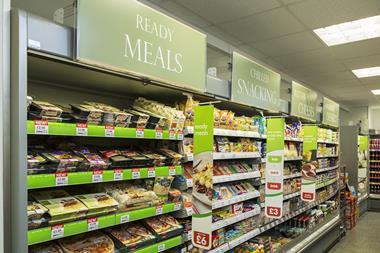
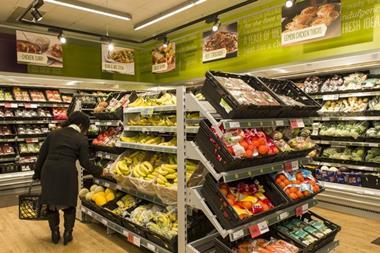

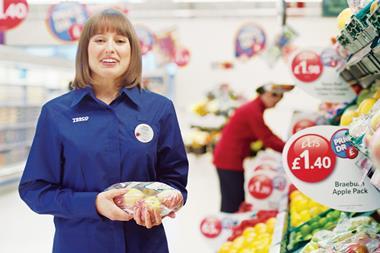
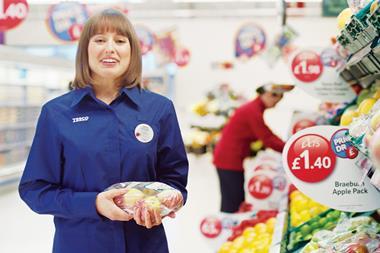
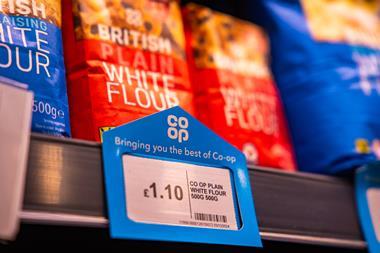
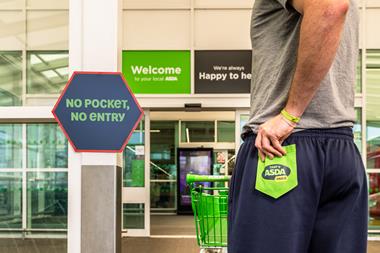





No comments yet